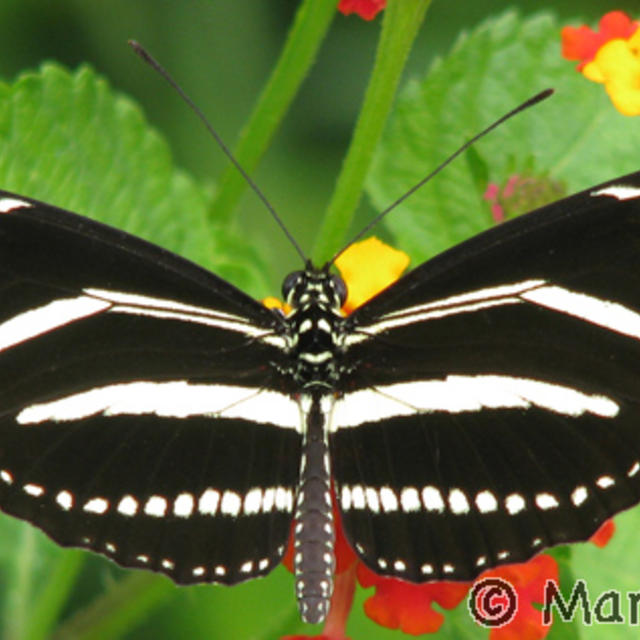Zebra Heliconian
Heliconius charithonia (Linnaeus, 1767)
Family: Nymphalidae
Subfamily: Heliconiinae
Identification: Wings long and narrow; black with narrow yellow stripes.
Wing Span: 2 3/4 - 4 inches (7 - 10.1 cm).
Life History: Males patrol for females, and are also attracted to female chrysalids. A male will wait on the chrysalis and mate with the female as she is about to emerge. He then deposits on her abdomen a chemical than repels other males. Eggs are laid in groups of 5-15 on leaf buds or leaves of the host plant; caterpillars feed at night on leaves. Adults roost communally in groups of 25-30 individuals.
Flight: All year in South Texas and southern Florida, wanders north during warmer months.
Caterpillar Hosts: Passion-vines including Passiflora suberosa, P. lutea, and P. affinis.
Adult Food: Flower nectar and pollen, which are gathered on a set foraging route or "trap-line". Favorite plants include lantana and shepherd's needle.
Habitat: Tropical hammocks, moist forests, edges, fields.
Range: South America north through Central America, West Indies, and Mexico to South Texas and peninsular Florida. Occasional immigrant north to New Mexico, Nebraska, and South Carolina.
Conservation: Not usually required, but habitat for permanent populations is limited in South Texas.
NCGR: G5 - Demonstrably secure globally, though it may be quite rare in parts of its range, especially at the periphery.
Management Needs: Maintain habitat and host plant colonies.
Taxonomy Notes: Also called the Zebra Longwing.
Alternate Scientific Names:
Heliconius charithonius
Heliconius charitonius
Get your BAMONA Gear!
Please donate!
We depend on donations to keep Butterflies and Moths of North America freely available. We want to express our gratitude to all who showed their support by making a contribution this year. You can donate to support this project at any time.
Advertise with us!
Do you have a product or service that you think would interest BAMONA users? If you would like to advertise on this website, contact us by email, or use the contact form and select the "Advertising" category.
Verified Sightings
Displaying 1 - 24 of 857 verified sightings
Observation date: Apr 05, 2024
Submitted by: rkw9000
Region: Hidalgo County, Texas, United States
Verified by: jwileyrains
Verified date: May 03, 2024

Observation date: Apr 14, 2024
Submitted by: jthompson6112
Region: Sarasota County, Florida, United States
Verified by: John Calhoun
Verified date: Apr 21, 2024

Observation date: Feb 04, 2024
Submitted by: islandgyal
Region: The Bahamas
Verified by: jwileyrains
Verified date: Apr 10, 2024

Observation date: Nov 15, 2023
Submitted by: fionaortiz
Region: Oaxaca, Mexico
Verified by: jwileyrains
Verified date: Apr 10, 2024
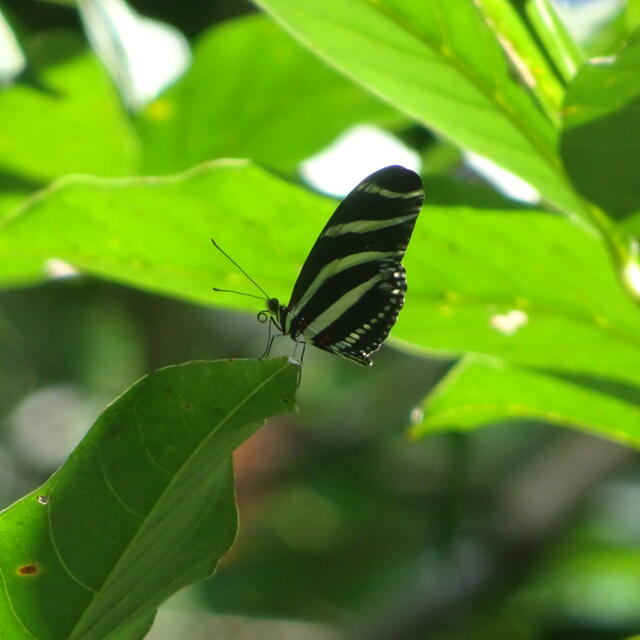
Observation date: Feb 23, 2024
Submitted by: k.d.stutzman
Region: Puerto Rico
Verified by: jwileyrains
Verified date: Apr 10, 2024

Observation date: Mar 19, 2024
Submitted by: therapypetz
Region: Broward County, Florida, United States
Verified by: John Calhoun
Verified date: Mar 20, 2024

Observation date: Mar 10, 2024
Submitted by: Mohr824
Region: DeSoto County, Florida, United States
Verified by: John Calhoun
Verified date: Mar 11, 2024

Observation date: Jul 17, 2005
Submitted by: Charlie Doggett
Region: Marion County, Indiana, United States
Verified by: Charlie Doggett
Verified date: Mar 02, 2024

Observation date: Mar 29, 2006
Submitted by: Charlie Doggett
Region: Harris County, Georgia, United States
Verified by: Charlie Doggett
Verified date: Mar 02, 2024
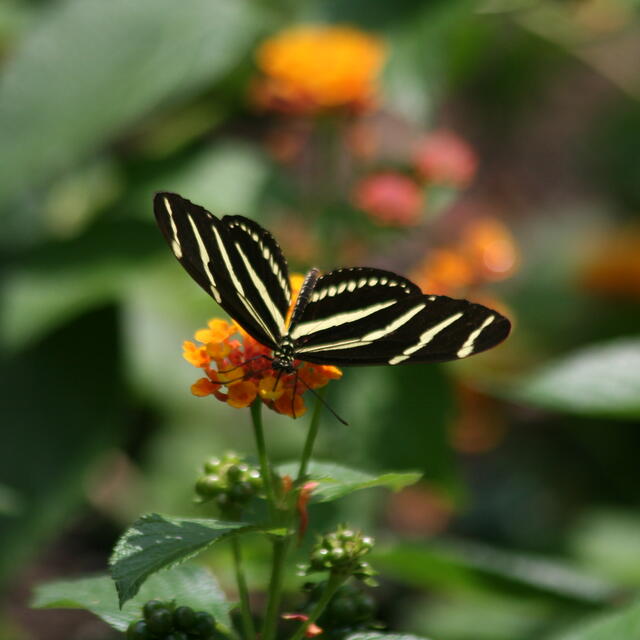
Observation date: Jun 02, 2008
Submitted by: Charlie Doggett
Region: Shelby County, Tennessee, United States
Verified by: Charlie Doggett
Verified date: Mar 02, 2024
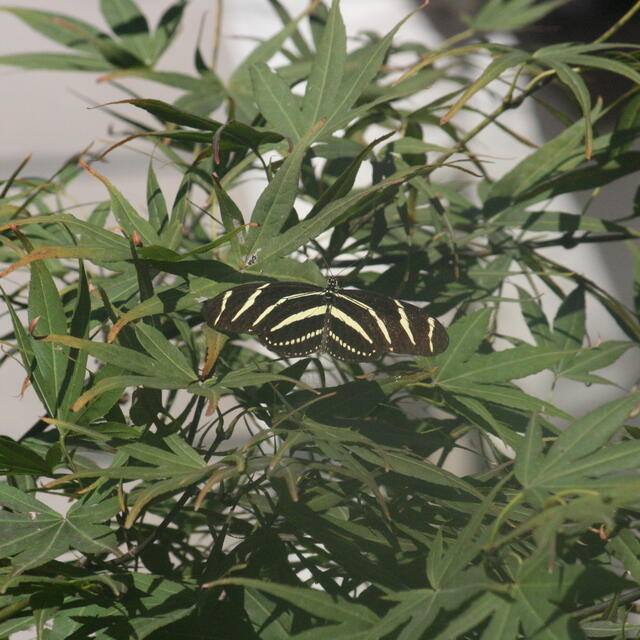
Observation date: Sep 10, 2010
Submitted by: Charlie Doggett
Region: Cook County, Illinois, United States
Verified by: Charlie Doggett
Verified date: Mar 02, 2024

Observation date: Oct 16, 2023
Submitted by: Cbug159
Region: Effingham County, Georgia, United States
Verified by: Mikelchap
Verified date: Mar 02, 2024

Observation date: Nov 20, 2023
Submitted by: Janet Ruth
Region: Jamaica
Verified by: Paul Prappas
Verified date: Dec 12, 2023

Observation date: Nov 30, 2023
Submitted by: Sue Bocchicchio
Region: Monroe County, Florida, United States
Verified by: John Calhoun
Verified date: Nov 30, 2023

Observation date: Nov 18, 2023
Submitted by: labkitten
Region: Orangeburg County, South Carolina, United States
Verified by: Dennis Forsythe
Verified date: Nov 19, 2023

Observation date: Nov 16, 2023
Submitted by: Patricia12
Region: Ventura County, California, United States
Verified by: Ken Davenport
Verified date: Nov 17, 2023

Observation date: Nov 11, 2023
Submitted by: Patricia12
Region: Ventura County, California, United States
Verified by: Ken Davenport
Verified date: Nov 13, 2023

Observation date: Sep 29, 2023
Submitted by: kericson
Region: Alachua County, Florida, United States
Verified by: John Calhoun
Verified date: Nov 09, 2023

Observation date: Oct 22, 2023
Submitted by: therapypetz
Region: Broward County, Florida, United States
Verified by: John Calhoun
Verified date: Oct 24, 2023
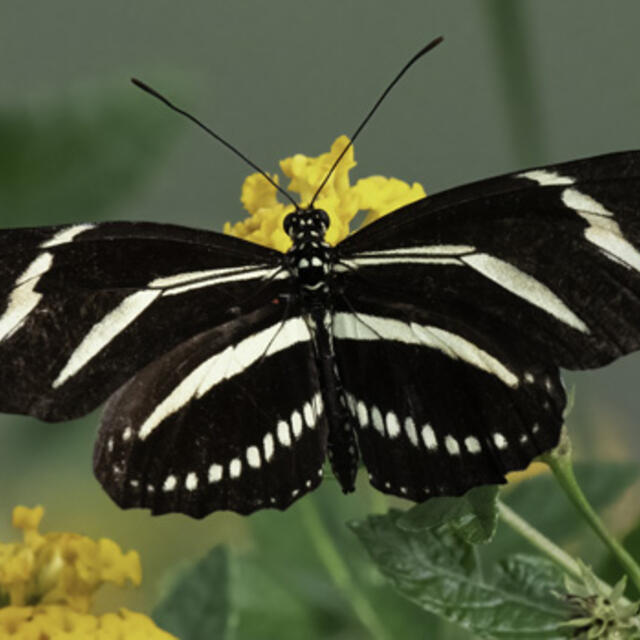
Observation date: Oct 07, 2023
Submitted by: Alison Davies
Region: Charleston County, South Carolina, United States
Verified by: Dennis Forsythe
Verified date: Oct 11, 2023

Observation date: Aug 28, 2023
Submitted by: ridgeboy
Region: Polk County, Florida, United States
Verified by: John Calhoun
Verified date: Aug 31, 2023
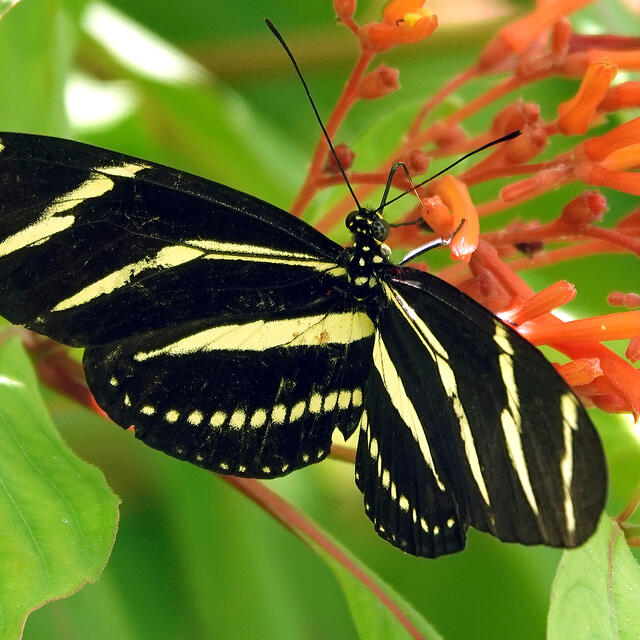
Observation date: Aug 14, 2023
Submitted by: Pkleinsasser
Region: St. Johns County, Florida, United States
Verified by: John Calhoun
Verified date: Aug 16, 2023

Observation date: Jul 15, 2023
Submitted by: therapypetz
Region: Broward County, Florida, United States
Verified by: John Calhoun
Verified date: Jul 15, 2023

Observation date: Jun 27, 2023
Submitted by: altoonamothlady
Region: Lake County, Florida, United States
Verified by: John Calhoun
Verified date: Jun 30, 2023
- 1 of 36
- next ›












